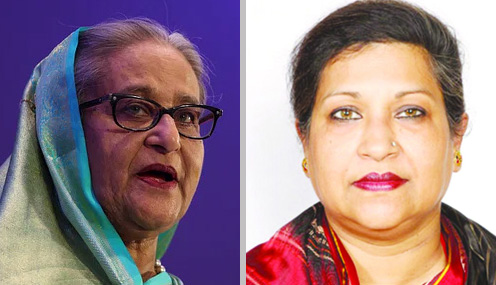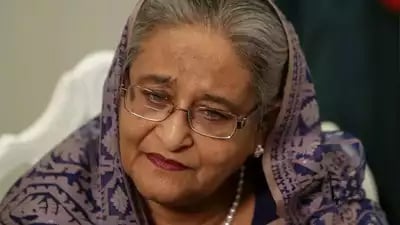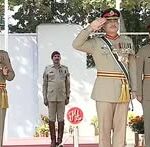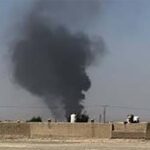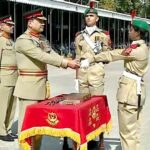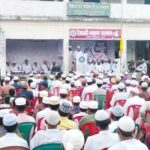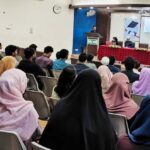
Online Desk: As part of the BJP-led Indian government’s efforts to reshape the political landscape of occupied Jammu and Kashmir by ensuring the Hindutva forces’ dominance in the territory’s political arena, over 93,000 new voters have been added, predominantly non-locals, to the voter lists. This significant change was announced by the Chief Electoral Officer of IIOJK, who stated, “The special summary of photo electoral rolls, with a qualifying date of July 1, 2024, has been completed across all 20 districts of [occupied] Jammu and Kashmir.” According to the revised rolls, the total number of electors now stands at 88.03 lakh, including 44.89 lakh males, 43.13 lakh females, and 168 third-gender voters.
Observers believe this influx of new voters is part of a broader strategy by the BJP to secure an electoral advantage. Critics argue that the majority of these new voters are non-locals, brought in to tip the electoral balance in favor of the BJP and its allied parties. The Election Commission of India has recently announced that assembly polls in IIOJK will be held in three phases, with the first phase starting on September 18.
The process began with the controversial delimitation exercise, which added six new assembly seats to the Hindu-dominated Jammu region while only allocating one additional seat to the Muslim-majority Kashmir Valley—despite the fact that 56% of the population resides in the Valley. The BJP’s strategy also included granting voting rights to non-locals who have lived in IIOJK for just one year, despite lacking proper documentation.
Gerrymandering and blatant discrepancies in the allocation of seats as well as inclusion of non-locals in voter rolls have further exacerbated fears that the demographic majority in the Kashmir Valley is being systematically turned into a political minority.
